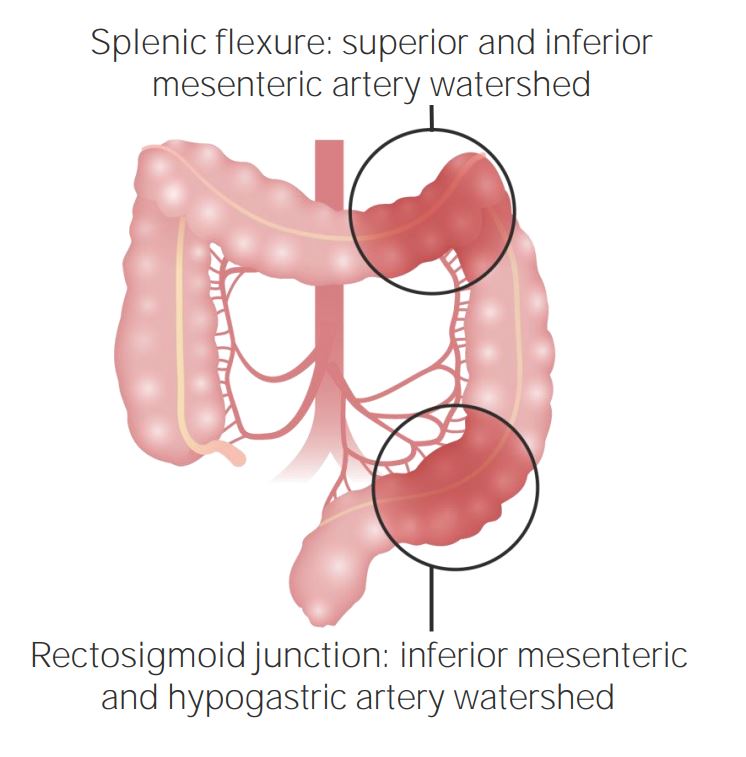Playlist
Show Playlist
Hide Playlist
Responding to Hypoxia
-
Slides Cellular Pathology - Degradation.pdf
-
Reference List Pathology.pdf
-
Download Lecture Overview
00:01 Okay, this is just an example. 00:02 This is just an example of how proteasomes are important and how diseases occur when we don't have the appropriate sequence of events. 00:11 So, how do we respond to hypoxia? Low oxygen levels. 00:15 We don't just give up and we don't try to find new oxygen. 00:18 We have cellular ways of responding. How does this happen? Well, as you might expect, it involves proteasomes. 00:26 So, under normoxic conditions, that is to say 21% as we walk around, we have regular levels of oxygen, and they interact with a protein factor called, a transcription factor called HIF-1-alpha. 00:42 Hypoxia inducible factor one, that's what HIF stands for. 00:47 And with high levels or normal levels of oxygen, we get hydroxylation of that protein, HIF-1-alpha, and that OH is what you see on the next little one, and we get a conformational change. 00:58 That conformational change under normal oxygen conditions is recognized by another protein called Von Hippel-Lindau. 01:05 This is based after the doctor who discovered the disease associated with the mutated form of this. 01:10 We'll peek back to that in a minute. 01:11 Anyway, Von Hippel-Lindau, that protein binds to this now rearranged hydroxylated protein, and targets it for ubiquitin linkage and degradation. 01:24 So, we get rid of the HIF-1-alpha transcription factor. 01:28 That's under normal hypoxic conditions, so we don't get any signaling through that. 01:32 Perfect, that's when it's working properly. 01:35 And it does that by targeting HIF-1-alpha to the proteasome and we get our little peptide fragments. Beauteous, nice job. 01:44 Now, under hypoxia, we don't have the normal oxygen levels, so we don't get the proline hydroxylation. 01:52 And the HIF-1-alpha doesn't have that conformational change, so Von Hippel-Lindau doesn't bind to it, the ubiquitin doesn't ligate to it, and we don't target to the proteasomes, so now the HIF-1-alpha in our bottom slide is present in high levels, can get across the membrane, joining with its buddy, HIF-1-beta, bind to hypoxia response elements, that's HRE, and then we get transcription of proteins that are going to be important for saving the cell under low oxygen conditions. 02:24 So, that includes changing metabolism from systems that will utilize oxygen to anaerobic metabolism. 02:34 It also means that we will make more erythropoietin appropriately so that we get more red blood cells. 02:41 That's an appropriate effect if we're feeling hypoxic. 02:44 It also means that we will induce new blood vessel formation. 02:47 So, there are a variety of effects that happen when we get HIF-1-alpha getting across into the nucleus because it didn't undergo that modification. 02:55 Okay, so that's the way it's supposed to work. 02:58 Now, let's mutate it. Let's do what Dr. Von Hippel-Lindau did when he kind of discovered this disease.
About the Lecture
The lecture Responding to Hypoxia by Richard Mitchell, MD, PhD is from the course Cellular Housekeeping Functions.
Included Quiz Questions
Which of the following represents one result of activation of the cellular hypoxia response?
- Erythropoiesis is increased.
- Anaerobic metabolism is inhibited.
- Hypoxia-inducible factor alpha protein (HIF-1α) is hydroxylated.
- Angiogenesis is inhibited.
- Apoptosis signals are activated.
Which of the following is part of the cellular response to hypoxia?
- Activation of the hypoxia response element (HRE)
- Generally increased synthesis of free radical absorbing proteins
- Ubiquitination of the HIF 1-alpha protein
- Conjugating the HIF 1-alpha to the von Hippel-Lindau protein
- Targeting the HIF 1-alpha to the proteasome
Customer reviews
5,0 of 5 stars
| 5 Stars |
|
5 |
| 4 Stars |
|
0 |
| 3 Stars |
|
0 |
| 2 Stars |
|
0 |
| 1 Star |
|
0 |




